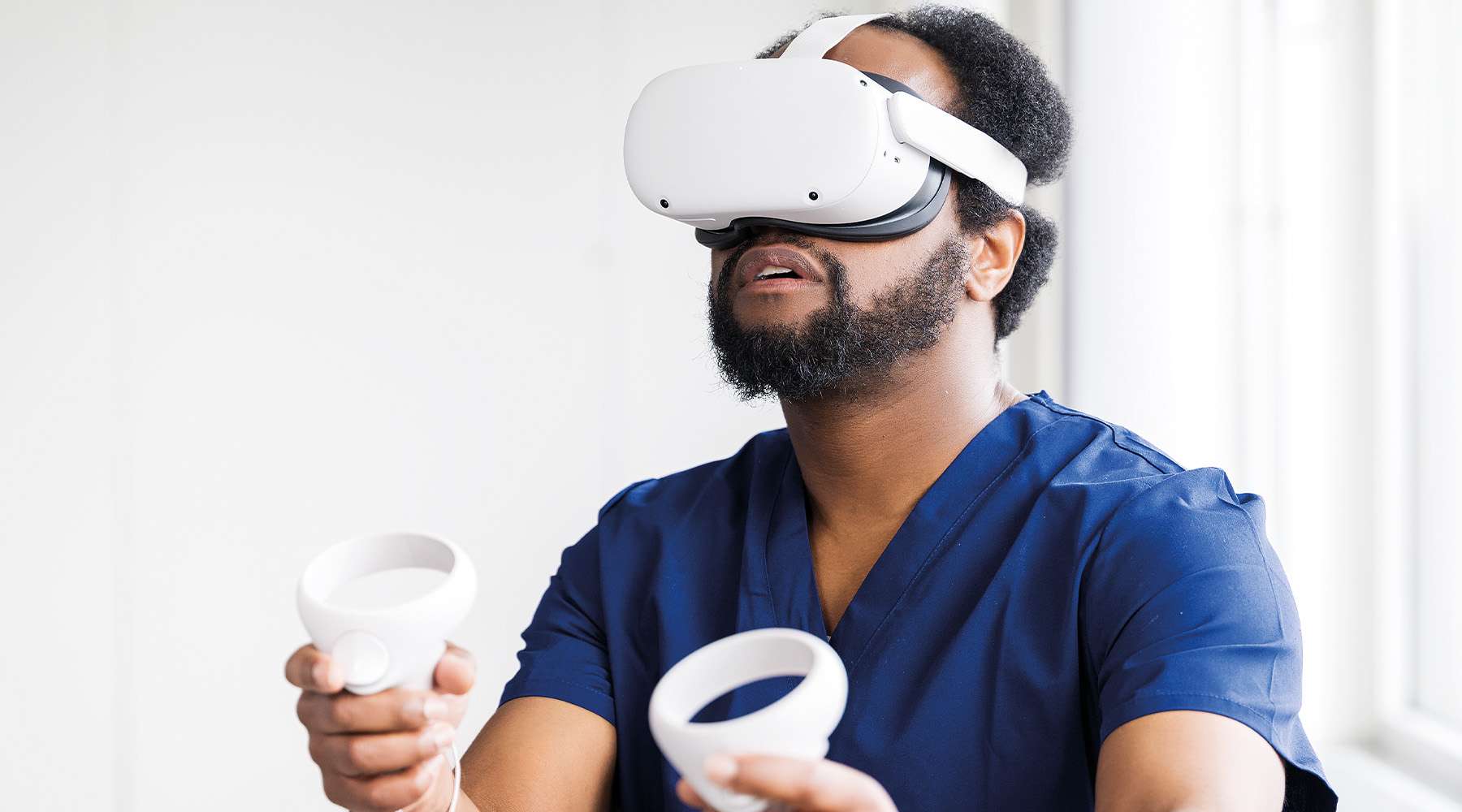Achieving High-Reliability Status Through Simulation
An Interview with Lisa Brown, RN, MSN, CHSE


Lisa Brown, RN, MSN, CHSE is a Senior Simulation Education Specialist at the Cleveland Clinic Martin Health Simulation and Advanced Skills Center located in South Florida. She has over 24 years of experience as a nurse, including over 11 years in the field of healthcare simulation. Lisa holds a master’s degree in nursing education and is a Certified Healthcare Simulation Educator (CHSE). As a regional simulation education specialist, Lisa leads simulation faculty development in the FL region and assists in the design, implementation, and evaluation of simulation curriculum. Lisa also oversees the volunteer-based Standardized Patient program and assists in leading global faculty development efforts at the Cleveland Clinic.
Lisa: Our simulation program is aligned with healthcare simulation and safety by, first off, just general clinical skills as well as non-technical skills. But more importantly, we’re really focusing on our interprofessional education (IPE) programs to really impact healthcare systems.
We all know to err is human. We know that getting teams together to practice high-risk situations and being able to talk about that afterwards, can really help build patterns for the teams to bring into their practice and improve their actual practice.
That’s probably where I see the most benefit of IPE simulation specifically to really impact healthcare quality and improvement beyond the individual silo level.

Lisa: Most of our programming is focused first on making sure that our caregivers are ready to enter their professional lives, whether they’re new novice providers or nurses. Also working on the specialty-specific knowledge and skills that they need. There’s a lot of specific content in onboarding, but beyond that, it’s professional development.
We do some simulation programs related to assessment, some high-stakes simulation to make sure that we’re meeting the needs of our patients and make sure that we have competent individuals who are ready to take care of whatever’s coming their way.

Lisa: I think the biggest thing is really creating, first off, a psychologically safe environment so that people feel like they can engage. And when you’ve got your team bought in or your learners bought in, they are going to tell you the problems. They are going to firsthand tell you the issues in addition to learning and advancing themselves as lifelong learners.
Probably the biggest thing we do is, we take that feedback about system threats – whether it’s latent safety threats or potential process issues – and we have a specific process to make sure that their feedback on mitigating the issue is brought into policy and into change.
So creating kind of a high-reliability organization concept is really where it’s at to me.

Lisa: In my experience, I’ve been at three different places in my simulation career, and I’ve found that when simulation starts without being completely integrated as a concept, that’s where the barriers happen. Because then, education or the simulation team sort of is working in their own silo, rather than being a fully integrated part of the system.
So for me, it’s aligning the goals of the simulations with the executives and all of the different quality and patient safety individuals and really telling a story. So it’s not just the data. It’s really telling the stories. To me, that’s the biggest thing.

Lisa: VR and augmented reality is so unique, so immersive, and it’s so exciting to see how it’s been growing. And I’m really seeing that it has impacted quality by its ability to harness communication and harness getting teams together, without necessarily even having to be in the same place.
So to me, the power in VR and AR is really bringing the teams again together to be able to work and hone in on their communication, really understand each other’s roles, and be working with the same framework for whatever the situation is that they’re working on.